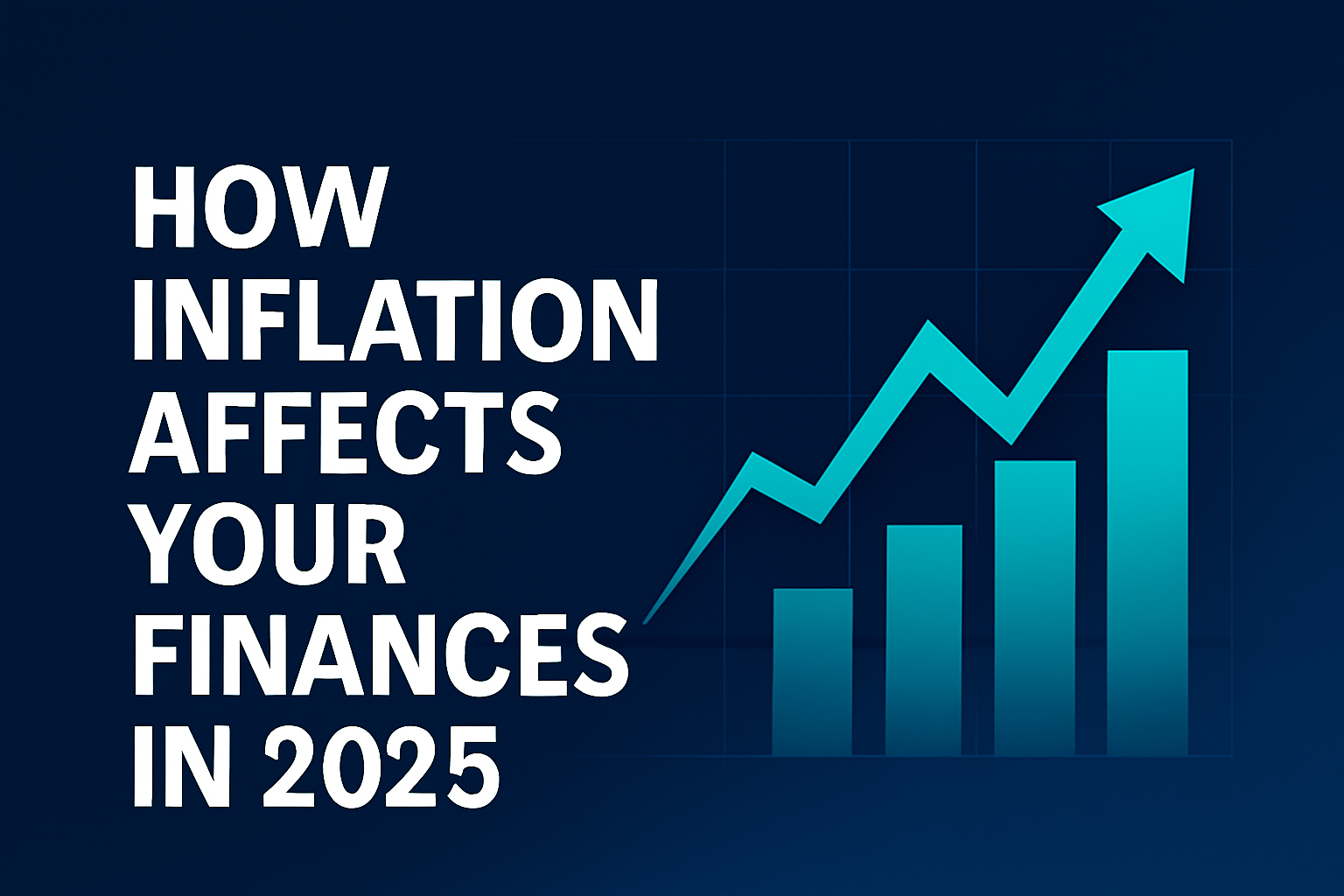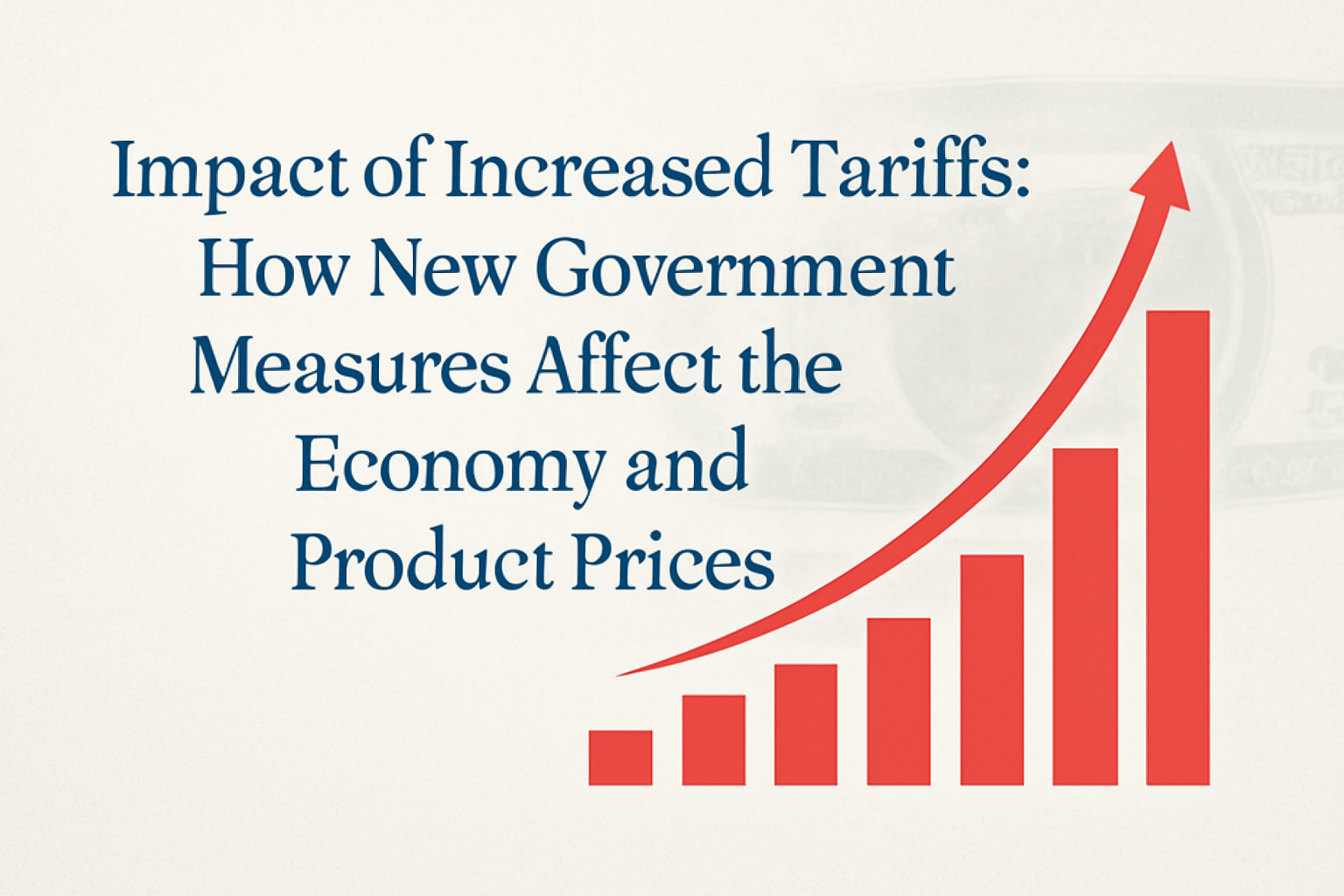Summary:
Oil prices saw a significant increase on June 11, 2025, reaching their highest levels in over two months. This surge was driven by tensions in the Middle East, particularly following news of the U.S. Embassy evacuation in Iraq and a decision to increase production by OPEC+.
📈 The Impact of Middle Eastern Tensions on Oil Prices
In an already uncertain global economic landscape, the oil market experienced a significant uptick in prices, with Brent reaching $69.77 per barrel and West Texas Intermediate (WTI) climbing to $68.15. This 4% rise not only reflects geopolitical instability in the region but also expectations of adjustments in the global energy market. Oil prices, a key economic indicator, are highly sensitive to political and geopolitical events, especially in strategic regions like the Middle East.
Tensions in the Middle East, particularly in Iraq, have created an atmosphere of instability that directly impacts investors’ risk perception. The price increase reflects not just a flight to safety by investors but also an expectation that the oil supply could be affected. In response to rising security threats in the country, the U.S. government initiated preparations to evacuate its embassy in Baghdad, a move that heightened global nervousness over the conflict’s impact.
🌍 The Role of the Middle East in the Global Oil Market
The Middle East remains the world’s leading oil-producing region, with vast oil reserves and a critical role in global exports. Countries like Saudi Arabia, Iran, Iraq, and the United Arab Emirates are key players in global production, and any political instability can directly impact prices, given the region’s weight in global supply.
When tensions rise, as they have in recent days, the fear of disruption in oil supply becomes a significant concern for global markets. The U.S. Embassy evacuation is just one of many signs that instability in the region can affect the security of transportation and oil infrastructures, creating a risk sentiment that pushes prices upward.
Additionally, the impact of other geopolitical tensions, such as those related to Iran and its disputes with Western powers, continues to affect the balance of oil supply and demand. The risk of blockages or disruptions in oil transport through the Strait of Hormuz, one of the most important routes for global oil trade, is always a factor in such situations.
⛽ OPEC+ and Oil Production Outlook
On the other hand, the increase in oil prices also comes at a critical moment for OPEC+ (Organization of the Petroleum Exporting Countries and Allies), which announced an increase in oil production by 411,000 barrels per day in July 2025. This decision aims to offset the expected increase in demand for oil, especially in countries that are beginning to recover from the COVID-19 pandemic, with rising economic and industrial activity.
This production increase by OPEC+ will help ease short-term price pressures, but the rise in geopolitical tensions may continue to affect price stability in the long term. The organization faces the challenge of balancing production increases with the need to maintain price stability while managing the impacts of the political situation in the Middle East.
💡 How Tensions Affect Investors and Prices in the Short Term
The increase in oil prices has a direct effect on financial markets and global economies. Rising oil prices often lead to increased costs for fuels and other derivative products like plastics and chemicals. This can result in a higher cost of living, primarily affecting consumers and businesses reliant on oil for transportation and production.
For investors, the rise in oil prices can be both an opportunity and a challenge. Shares in energy companies, such as major oil producers, often rise when oil prices increase due to higher profit margins. On the other hand, consumers and businesses that depend on energy may face tighter margins and increased operational costs, which could negatively affect profits in sectors like transportation and manufacturing.
The perception of risk also affects the currencies of oil-producing countries, with the U.S. dollar typically strengthening in times of geopolitical uncertainty, as oil is priced in dollars. On the other hand, countries that import large amounts of oil may face difficulties, especially if the price rise is prolonged.
🔮 The Future of Oil Prices: What to Expect
While the current rise in oil prices is partly driven by instability in the Middle East, investors should remain vigilant about other factors that could influence prices in the future. The energy market is highly interconnected and sensitive to geopolitical developments, changes in global demand, and policy decisions from major oil producers.
The global economic recovery, combined with rising energy demand, particularly in emerging economies, is likely to keep prices elevated. OPEC+ will play a crucial role in balancing oil supply and demand, and tensions in the Middle East may continue to be a risk factor for market volatility.
📝 Conclusion
In an uncertain global environment, tensions in the Middle East play a crucial role in the direct impact on oil prices. Investors should stay alert to these developments, as the oil market is closely tied to geopolitical issues and the global dynamics of supply and demand. For businesses and consumers, the increase in prices may mean higher costs, but also opportunities for investment in the energy sector. The future of oil prices will depend on several factors, including OPEC+ production, the level of tensions in the Middle East, and global economic shifts.







Leave a Reply